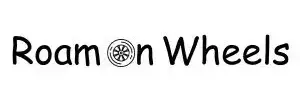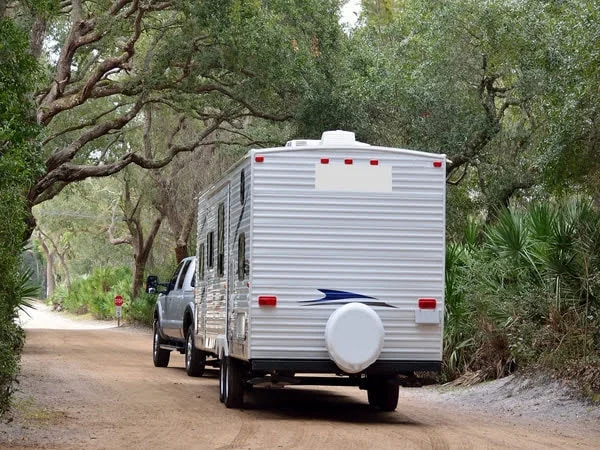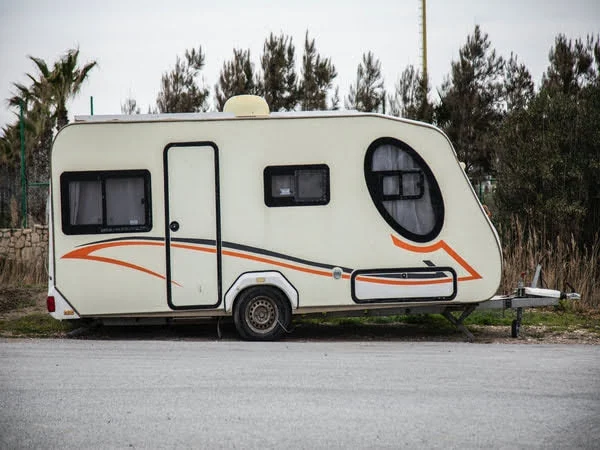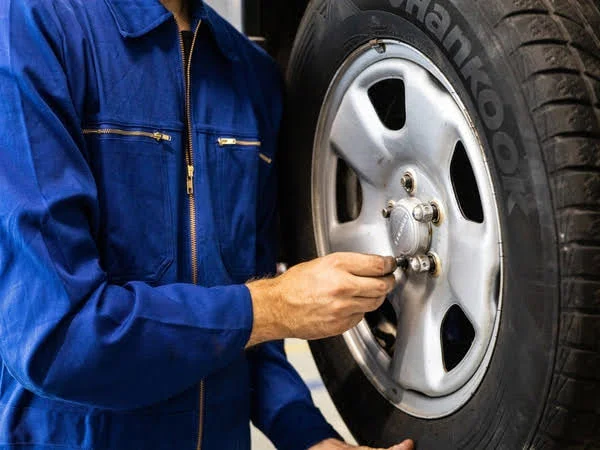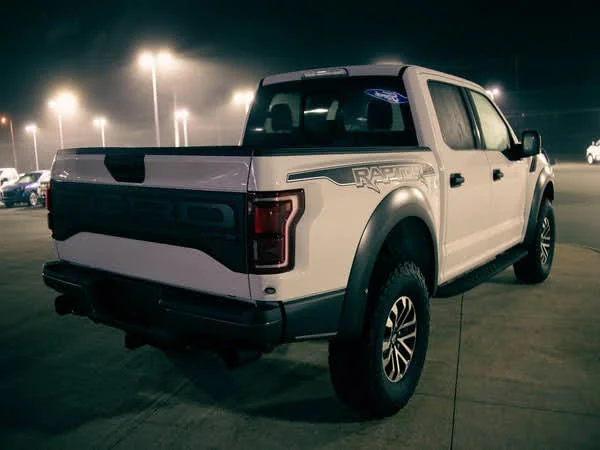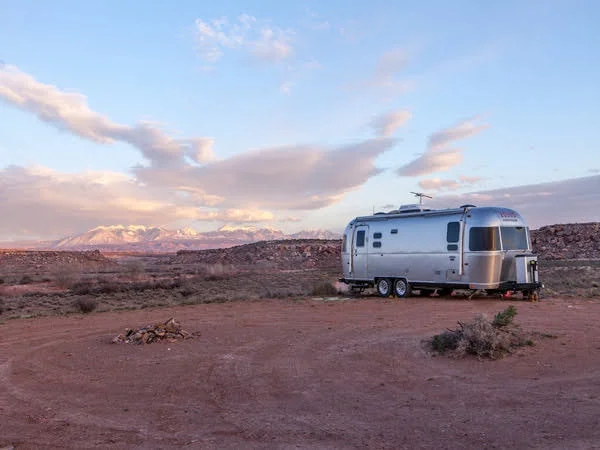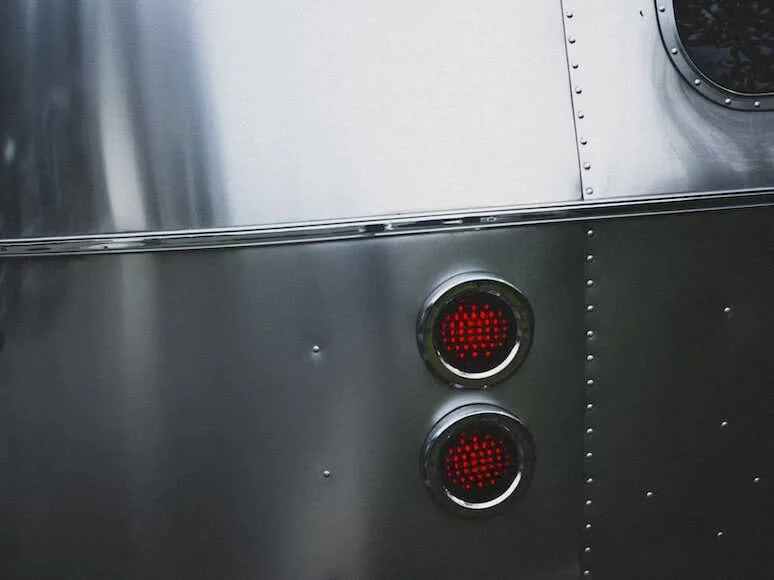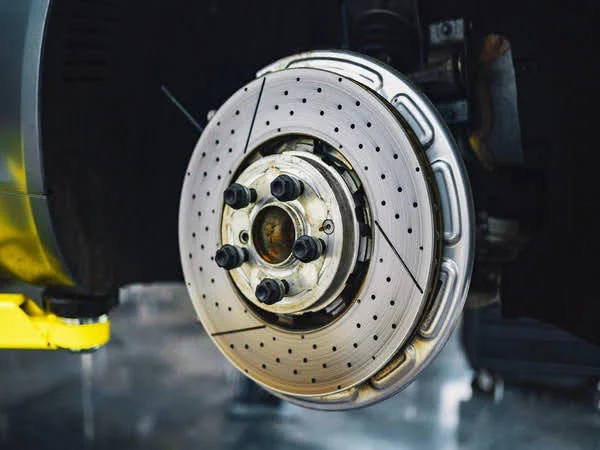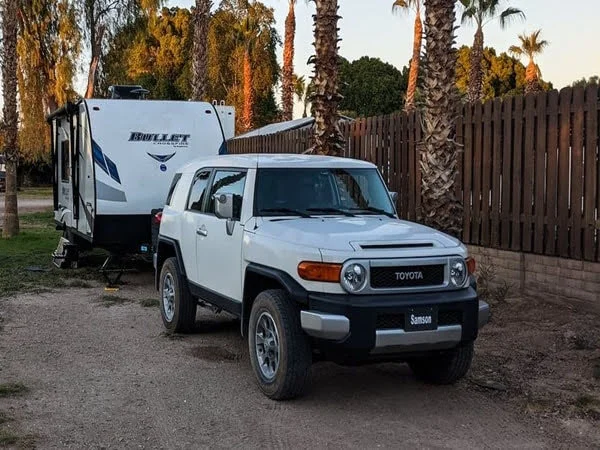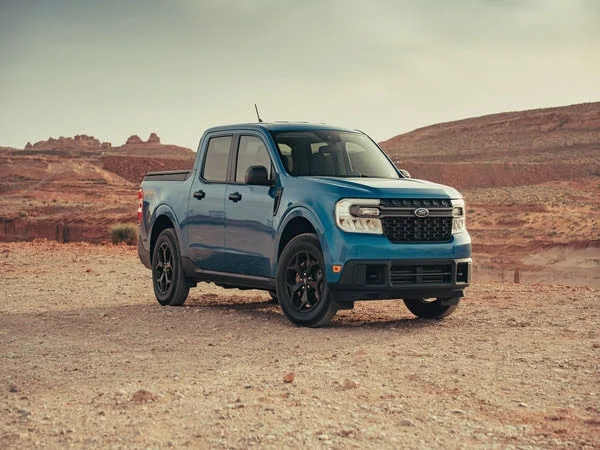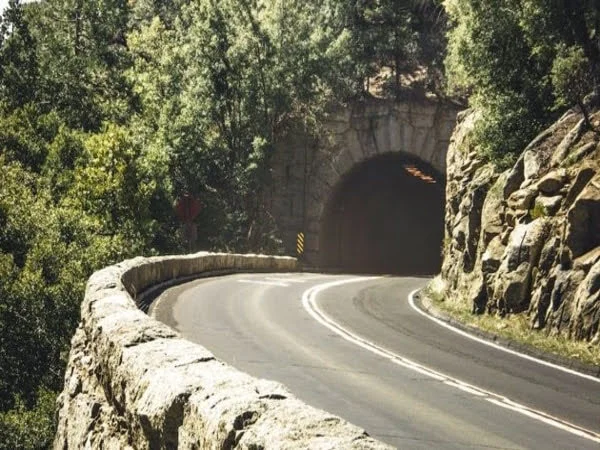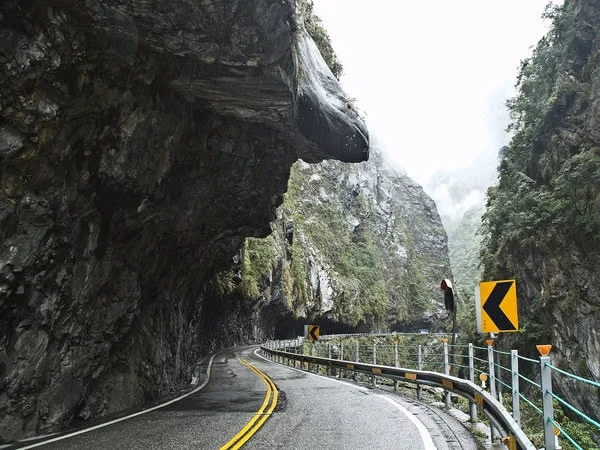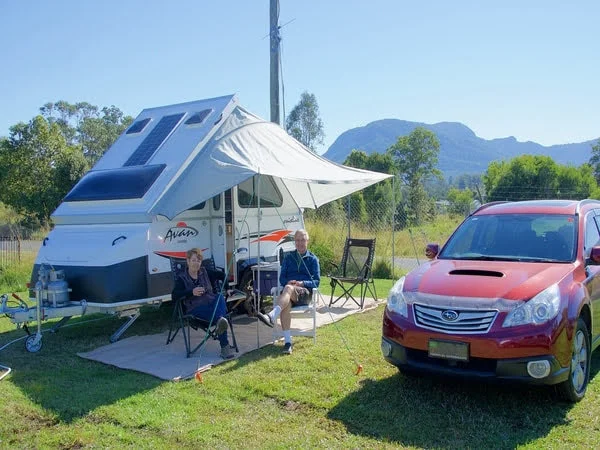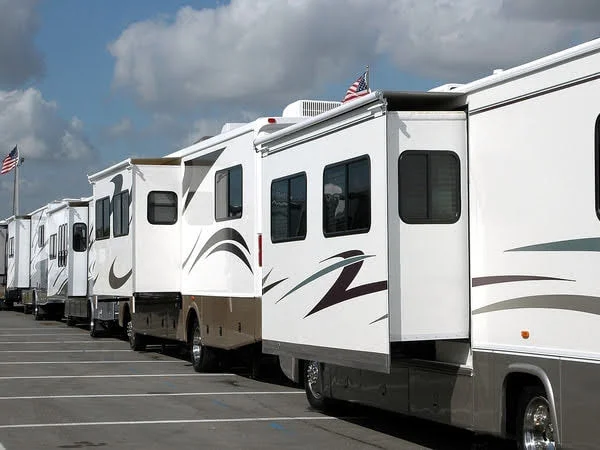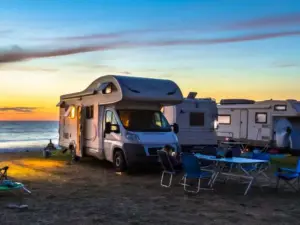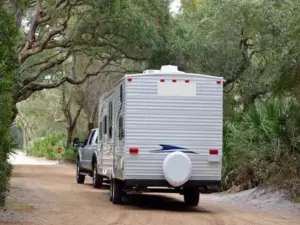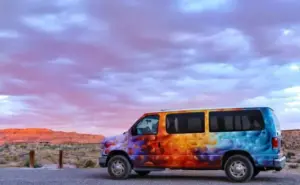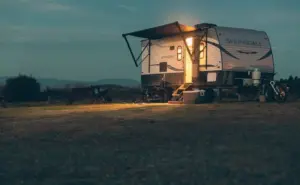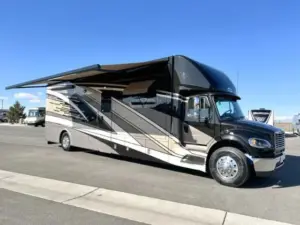After purchasing your first RV trailer, you’re eager to cut loose, pack up your family, and explore the country from the comfort of a mobile abode. Sounds fun and liberating indeed.
But here’s the kicker: Before you start imagining the curvy, scenic roads, turquoise lakes, and beautiful national park vistas, you’ll want to familiarize yourself with the travel trailer and learn how to tow safely.
So what do you need to know before towing a travel trailer? Here’s our roundup of the best tips for towing a trailer safely.
Read here for travel trailer maintenance information.
Read here for travel trailer accessories details.
Check Your Travel Trailer
Use these towing tips to prepare your RV trailer and tow vehicle for the journey.
Getting Ready for Towing a Travel Trailer
Start by assembling all the tools and equipment you’ll use to pull your camper. The must-haves are a receiver hitch, weight distribution hitch, sway control bar, wiring connection, trailer brake controller, tire pressure monitoring system, and safety chains.
Other essential accessories include a backup camera, extra trailer lights, RV safe GPS, wheel chocks, trailer hitch locks, a flashlight, and work gloves.
Check Trailer Tires
When it comes to towing, tires are the first thing you need to be concerned about. First, make sure you have actual trailer tires and that they are all identical in brand, model, size, tread, and age. Next, determine the load rating to get an idea of how much weight the tires can carry.
Now, inspect the trailer and tow vehicle tires for cracks, tread depth, soft spots, dry rot, irregular wear, and proper air pressure. Timely rotation will also help you improve performance and lengthen tire life. If you’re planning to go beyond the beaten track, remember to choose off-road tires.
Make Sure Your Tow Vehicle’s Maintenance is Up to Date
To ensure your tow vehicle is trip-ready, double-check all fluid levels. That includes the engine oil, brake, transmission, radiator, and power steering fluids. Top them off, and make sure you’re not overdue for an oil change.
Next up, have the tow vehicle’s brakes checked, change the air filter, replenish battery water and clean the terminals, test all lights and turn signals, and inspect the tow hitch receiver.
Make Sure You Have a Spare Tire
A spare wheel will save your day when you experience a flat tire, blowout, or any other emergency. It’s a more practical alternative to sealants or inflator kits. Just make sure to properly size the trailer’s spare tire, inflate it, and inspect it for damage.
Match the Hitch Ball to the Trailer
For a solid and secure connection between the tow vehicle and trailer, verify that the hitch ball and hitch meet the minimum gross vehicle weight rating. Plus, the diameter of your tow ball must match the size of your trailer’s coupler.
If all looks good, back up your truck, secure the trailer coupler into the tow vehicle’s hitch, insert the safety chain keeper, then raise the trailer tongue jacks.
Use Trailer Safety Chains
Safety chains add an extra point of connection between the RV and tow vehicle. This extra connection can be life-saving in case the hitch coupler fails.
Notably, the breaking strength of each of your safety chains should be equal to or exceed the gross vehicle weight rating of your camper. Further, each chain should have a different attachment point to the tow vehicle.
Check Trailer Lights
To safely tow your camper, all its lights need to be fully functional. They need to correspond with the lights on the back of your tow truck. Have someone stand behind the trailer, then test the brake, hazard lights, and blinker lights. If they appear dim or you have no lights at all, have a technician fix them.
Check Your Visibility
Another important travel trailer towing tip is to check your mirrors to make sure you can see the end of your trailer, plus a good distance out to the sides. Unfortunately, regular side mirrors aren’t enough to safely tow, especially if your trailer is wider than your tow vehicle.
To maximize visibility and eliminate blind spots, buy extendable tow mirrors that clip onto your tow vehicle’s existing mirrors.
Check Your Trailer Brakes and Brake Controller
Tow your trailer to a large, empty parking lot and practice braking at a low speed (10 MPH). Have the trailer’s brakes checked if you notice any scraping, squealing, pulling, or pulsing during braking.
If you have a braking controller, this is the best time to adjust trailer brake gain and braking sensitivity. Set the trailer brakes a little higher than the tow vehicle to prevent a jackknife situation.
Check for Even Weight Distribution
When packing items in the travel trailer, start by placing heavy items on the camper bed. Always keep the center of gravity low and secure the movable items to prevent shifting that could affect control when driving.
To prevent trailer sway, distribute the cargo weight evenly between the right and left side. Notably, place 60% of the total weight in front of the axle, and 40% at the rear axles. Don’t forget to consult your owner’s manual to confirm the gross trailer weight rating.
Determine Your Tow Vehicle’s Maximum Towing Capacity
To tow your trailer safely, you’ll need to understand your vehicle’s tow rating. Also known as towing capacity, it’s the maximum weight you can pull with a vehicle. The exact number is in the owner’s manual. Pulling extra weight can strain and eventually damage your engine, transmission, brake, tires and chassis. Not to mention hurting your fuel economy.
Another important rating to note is the payload capacity or weight carrying capacity. This is how much cargo weight your tow vehicle or pickup truck can safely carry on board. Remember to also stay below the maximum tongue weight, which is the weight or pressure a trailer tongue applies on the tow vehicle’s hitch ball.
Know Your Journey
Here are more travel towing tips to help you have an easy time when in transit.
Know Your Trailer Height
Knowing the exterior dimensions of your rig will help you tow safely. If you aren’t sure about the measurements of your travel trailer, use a tape measure to get the true height and width of your rig.
Start from the ground up and don’t forget to include the height of any items attached to the roof or sides. These dimensions will help you avoid unsafe routes, such as those with low bridges and narrow one-way roads.
Know Your Route
Use RV-specific GPS or an RV road trip app to map out a route that is friendly to the size of your bumper-pull trailer. These tools will help you discover routes that your camper can comfortably fit, even if they have bridges, tunnels, and overpasses.
RV route planning apps will also help you avoid roads with tough climbs, narrow lanes, hairpin turns, switchbacks, steep mountain passes, drop-offs, rock debris, and treacherous weather conditions. Plus, you’ll easily find big-rig-friendly gas stations.
Make Wider Turns at Corners
Your long trailer needs lots of room when turning. Otherwise, it will cut a corner, and one of the trailer tires will ride up over the curb. When approaching a corner, slow down and keep your turn as wide as the road reasonably allows.
The slower you go, the sharper the vehicle turns and the more time you have to observe the trailer’s path through the mirror.
Drive in the Right Lane on Highways
Most states require large and slower-moving vehicles to keep to the right lane. This improves traffic flow and increases safety for you and other drivers. But if there is constant merging on the right lane, consider taking the lane to your left or following the lead of commercial truck drivers for smoother travel.
Of course, obey the posted speed limit. For safe and stable towing, drive no faster than 60 MPH, even if there are no limits. Some trailer manufacturers even recommend not towing faster than 60 MPH.
Use a Spotter When Backing Up
You’ll need a guiding hand when backing up in tight areas such as parking lots or RV parks. When reversing, the back end of your tow vehicle pushes the trailer’s coupler. So, try imagining you’re pushing a wheelbarrow.
If you want to turn the wheelbarrow to the left, you want to move the handles to the right and vice versa. Practice in an empty parking lot and avoid places where you need to back up under pressure.
Allow for Longer Stopping Distances
Towing a trailer increases the distance it takes for a tow vehicle to come to a stop. To be safe, maintain at least twice as much stopping distance between you and the vehicle ahead. Anticipate stops and press the tow vehicle’s brake pedal gently to avoid causing the trailer to sway.
Easing into stops will also prolong your trailer brakes. Remember to adjust the brake controller depending on the load you are carrying so that it sends the appropriate amount of current flow back to the trailer brakes. If not set properly, your trailer tires could skid, making control difficult.
Drive Safely With Your Travel Trailer
Connecting and pulling a trailer behind your vehicle can seem intimidating for the first time. To have peace of mind and safely tow, properly match your vehicle to your towable RV and create a hitching checklist to make sure you don’t miss any steps.
It’s also smart to practice towing, braking, and backing up before you drive off into the sunset. Remember to take lots of rest by following the 2-2-2-2 RVing rule. It means limiting your travel to 200 miles a day, stopping every 2 hours, arriving at your destination by 2:00 pm, and camping for no less than 2 days before hitting the road again.
